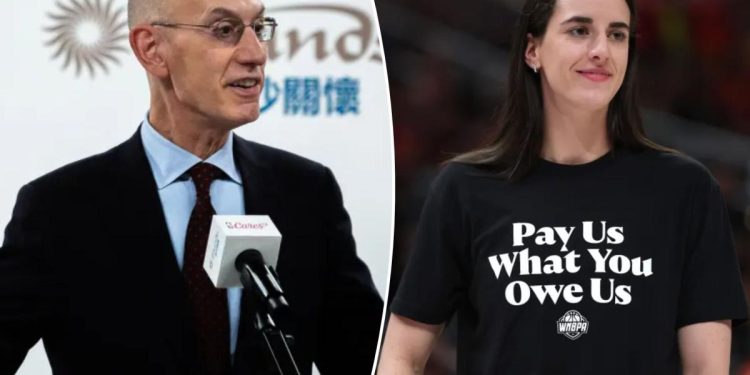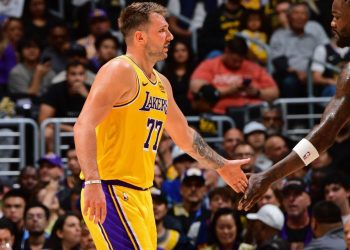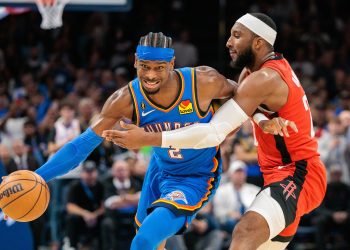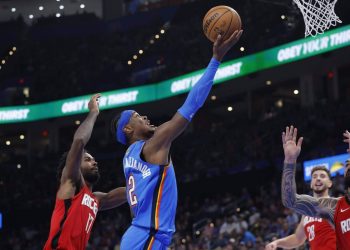NBA Commissioner Adam Silver said Tuesday that WNBA players would see “a big increase” in pay in a new collective bargaining agreement, but he seemed dismissive of the players’ union’s desires for a more robust revenue-sharing model.
Silver sat down with NBC’s “Today” show for an interview to celebrate the NBA’s return to the network. During the interview, reporter Craig Melvin brought up the controversial CBA negotiations and asked Silver if WNBA players should get a greater share of the revenue.
“Yes,” Silver said. “I mean, I think sharing is the wrong way to look at it because there’s so much more revenue in the NBA. I think you should look at the absolute numbers in terms of what they’re making, and they’re going to get a big raise in this round of collective bargaining. And they deserve it.”
The Women’s National Basketball Association shared the clip of Silver’s response on its Instagram Story, with the caption: “Don’t want to share @adamsilverNBA?”
The WNBA’s current collective bargaining agreement is set to expire on October 31. A new agreement is not expected to be reached before the deadline and, similar to what happened in 2019 when the previous collective agreement expired, an extension will likely be agreed to avoid a work stoppage.
While both sides are advocating for a “transformational” collective agreement, stakeholders are advocating, among other things, for higher wages, a better revenue sharing model, a more flexible salary cap and better benefits.
Revenue sharing has been a hot topic in CBA negotiations as the WNBA’s popularity has soared in recent years.
Television audiences and attendance records are regularly broken. Franchise valuations have also reached an all-time high. The league also agreed to an 11-year media deal, valued at $2.2 billion in total, that is expected to begin next year, and the WNBA recently announced three more expansion franchises that will buy for $250 million.
The revenue sharing models of the NBA and WNBA are very different. NBA players earn half of basketball-related income, and that number impacts the annual salary cap.
Meanwhile, basketball-related revenue is not mentioned in the current WNBA collective bargaining agreement. The league’s salary cap is predetermined by the CBA, and a revenue sharing model only comes into play when certain business criteria are met.
WNBA players receive about 9% of league revenue, while NBA players receive about 50% of BIS revenue.
Negotiations on the CBA have been intensifying for some time.
Last month, Lynx star and WNBPA Vice President Napheesa Collier took a dig at the league and WNBA Commissioner Cathy Engelbert.
Silver said the dynamic between WNBA executives and players has “become too personal.”
While the WNBA offseason is in its early stages, there is still plenty to happen between now and the start of the 2026 season, including the draft lottery, two expansion drafts, free agency and the college draft. All of this will be suspended until a new collective agreement is reached.
Both teams hope to avoid delaying the start of next season.









